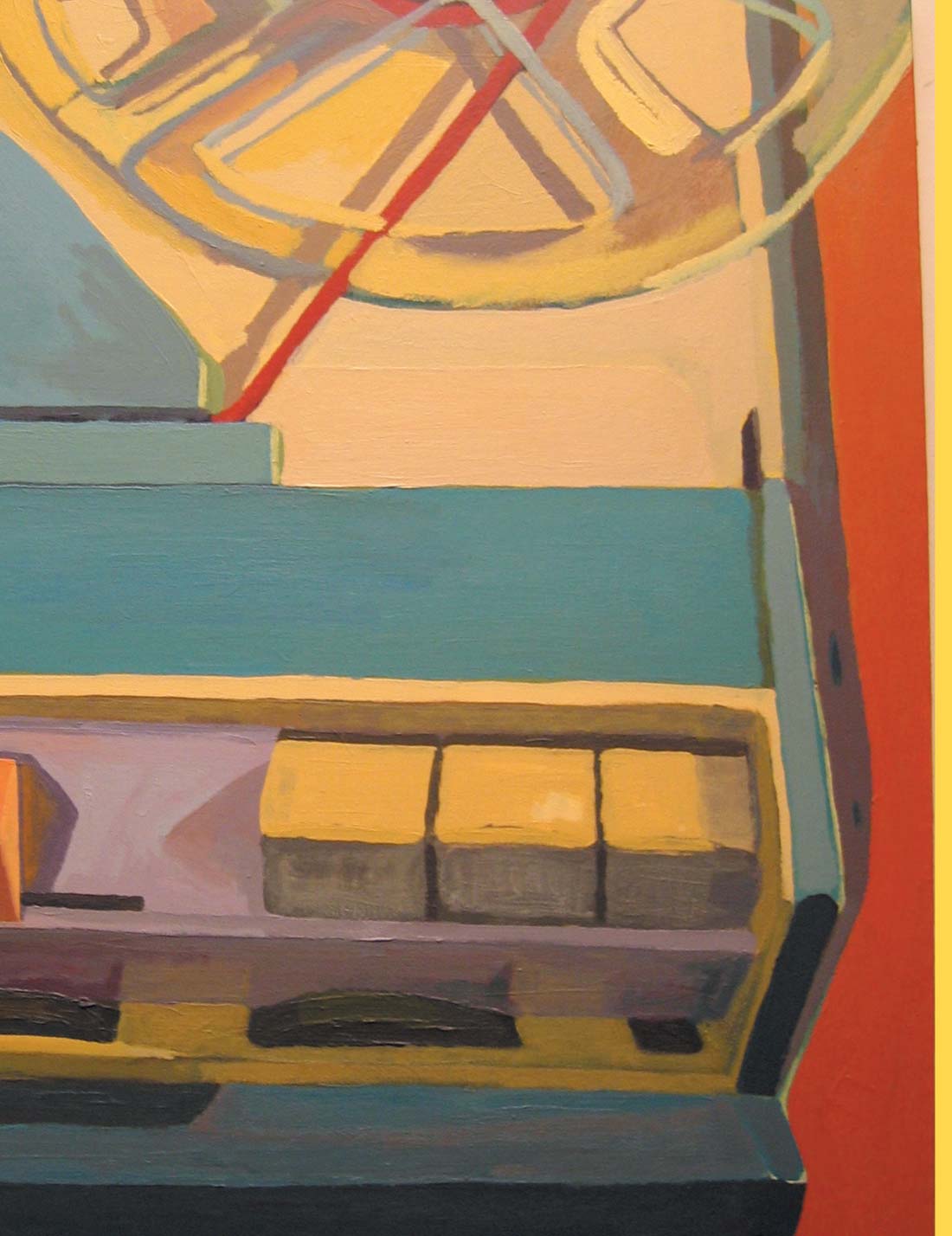MindPrint has recently unleashed a few nifty devices of the "channel strip" variety, and the DTC (Dual Tube Channel), designed with the help of award-winning Euro guitarist Thomas Blug and Hughes & Kettner mastermind Bernd Schneider, is MindPrint's premier product. The members of the DTC design team compiled a benchmark recording chain--a Manley Vox Box, a Manley Massive Passive, a modified Urei 1176, and an Apogee Rosetta--and set out to build their ideal, all-in-one channel strip.
The DTC is a 3RU, two-channel strip whose input section contains a mic preamp, a line input, and an instrument DI (enabled automatically when a 1/4" plug is inserted), while digital I/O (up to 24-bit, 96 kHz) is provided by optional DI-MOD interfaces. All the expected bells and whistles are there, including phantom power, a 20 dB pad, polarity reverse, and source selector switches. There's also a switchable insertion point that can be used as a sidechain input in a pinch (one of many helpful user tips offered in the DTC's excellent manual). The transformer- balanced mic preamp, with its extremely high input impedance, sounds very good, with a clean, uncolored quality. Transients came through with a fine, airy openness. I'd say the preamp leaned heavily to a "modern/fast" rather than a "vintage/colored" sound.
From the input section, the signal goes to a very comprehensive four-band parametric EQ with high and low- cut controls. All of the EQ bands, as well as the high and low-cuts, are individually switchable in/out of the signal path-very handy. This relates to one of the DTC's bragging points: the EQ bands operate in parallel as opposed to one after another (serially). Great design. Because the bands don't affect each other, the EQ sounds very transparent. I had great luck EQ'ing entire mixes as well as individual tracks. Vocals, in particular, were very easy to work with. Boosting frequencies, even with a narrow bandwidth, resulted in a smooth musical response. The "feel" of the EQ was accurate, yet not clinical.
The next signal stage is a stereo-linkable, opto-tube compressor-limiter. It's a good sounding circuit, but its seemingly simple two-knob operation can be confusing and counterintuitive. I found myself having to constantly tweak the DTC's input gain because I was compressing too much. This often resulted in an altered tone. Additionally, when I tried to employ shorter release times (particularly when going for a squashy drum room effect), the compressor often sounded bad-sort of "seizing up." [On the other hand, a number of respected engineers and producers rave about the DTC-and its dynamics section specifically. Check out MindPrint's website for quotes from the likes of Erwin Musper, Andy Strange, Ruff & Jam, Chris Henderson, etc. -Ed] A nice touch is a "filter" switch, which cuts low end from the sidechain, decreasing "pumping" artifacts that normally could have been caused by low-end signal such as kick drum. Great for compressing entire mixes.
Each channel in the DTC's master output stage includes a single gain knob and a bypass switch. The knob is center-detented for unity gain (0 dB) and allows for infinite attenuation and up to 6 dB of gain over unity. The bypass switch essentially removes everything except the input signal from the path and is a handy way to hear what you've done to your original signal. Often I was surprised at how different my I/O levels could become after just a few minutes of tweaking.
Running entire mixes through the DTC, I found the A/D converters to hold up admirably when compared to an Apogee Rosetta. With the digital ins and outs provided by the DI-MOD, I got excellent results running digital signals through the unit for some "quick and dirty" mastering of some songs that needed minor tweaking. The EQ section in particular seemed ideal for this kind of gentle, transparent sonic surgery.
Cosmetically, the DTC is either incredibly cool-looking, or extremely cheesy, depending on your taste. While acknowledging that the way the unit looks in no way affects the way it sounds (important, right?), I have to admit that I really don't like its visuals, and the army of knobs and buttons seems crowded and confusing.
We're living in an era where front and back-ends of recording/mixing chains necessarily take priority over consoles. Despite my quibbles with aesthetics and the comp-limiter, MindPrint's Dual Tube Channel is a high quality, well-built device-with a wonderful parametric EQ-that can handle both front and back-end chores with great results. ($2399 MSRP, $249-$399 for DI-MOD interfaces; www.mindprint.com)




_disp_horizontal_bw.jpg)